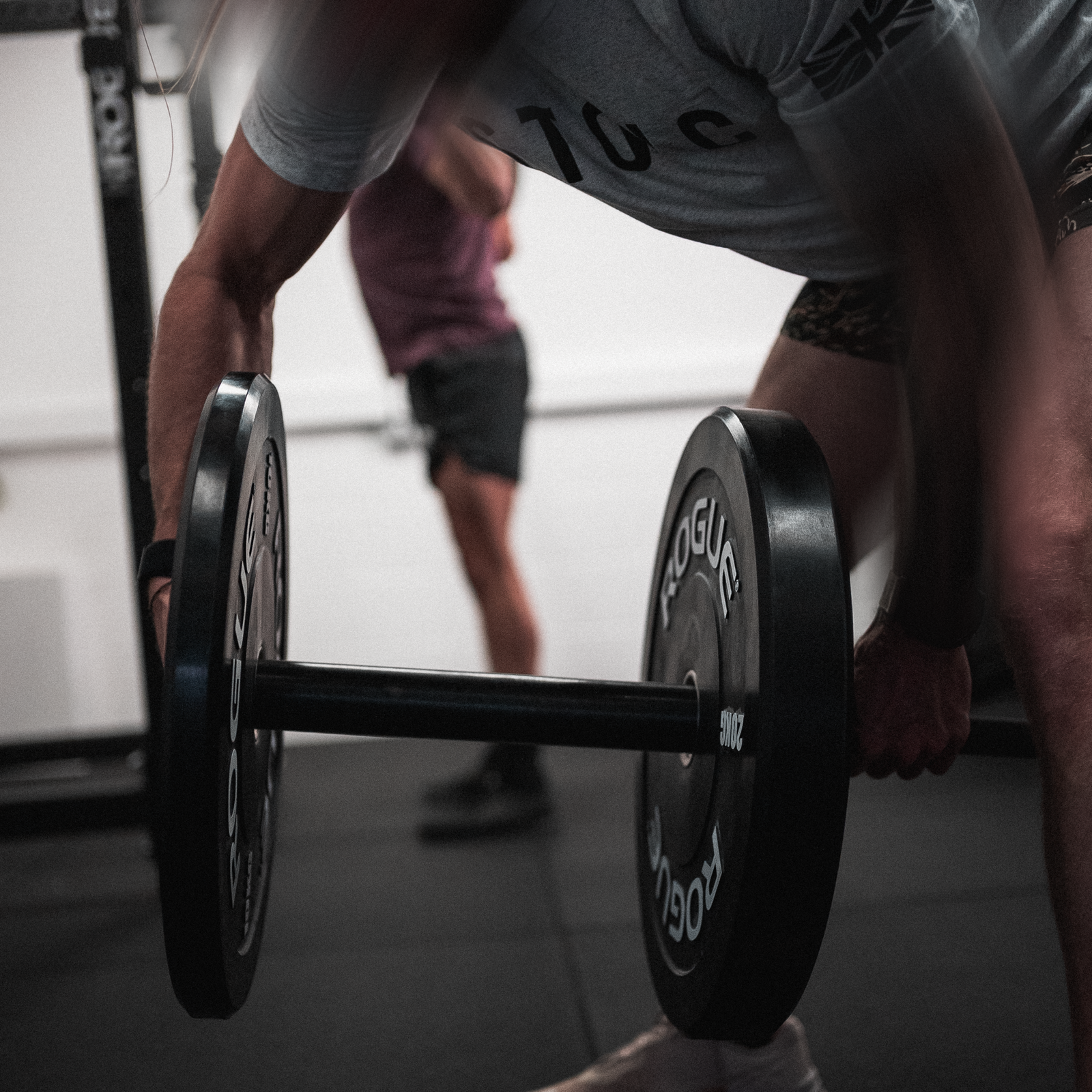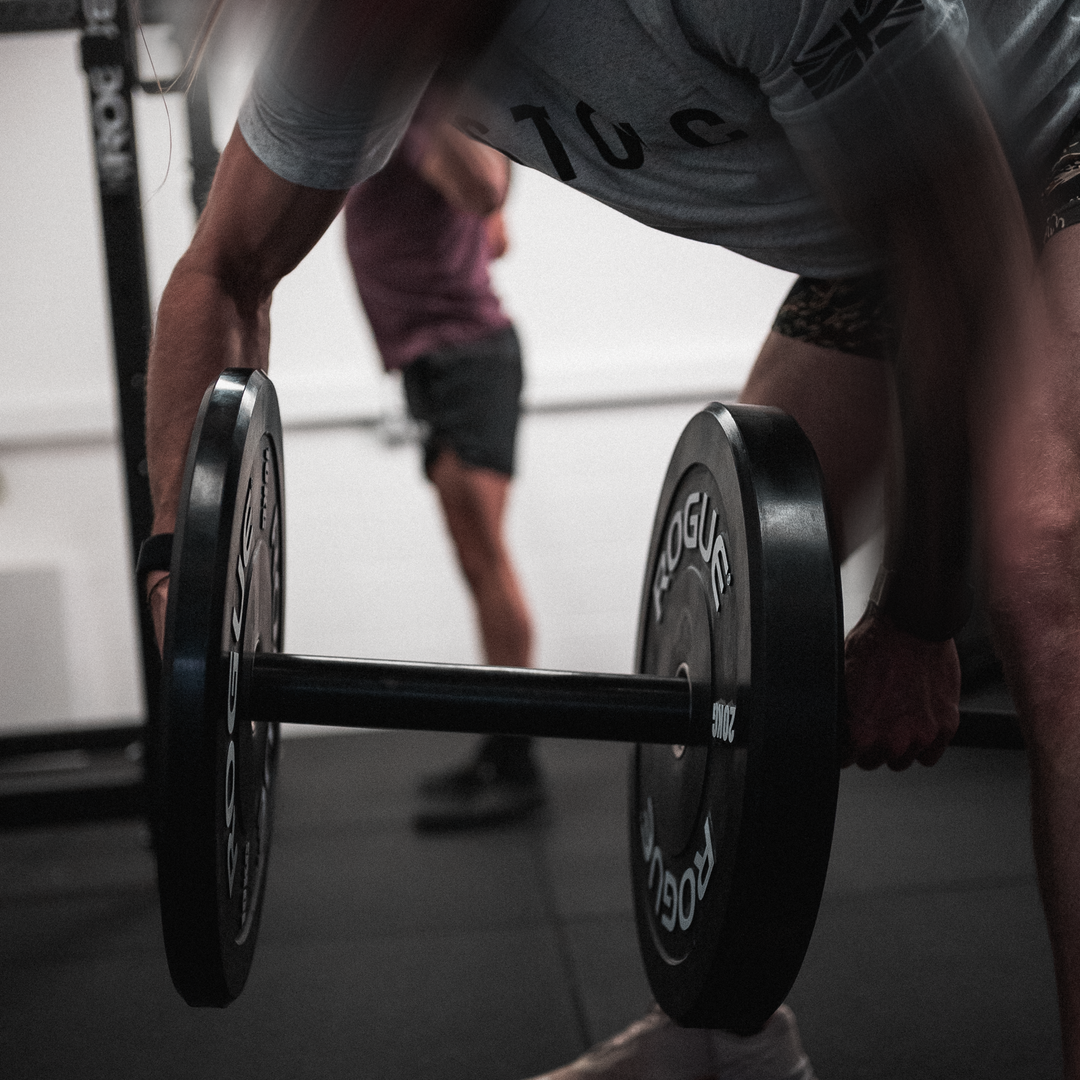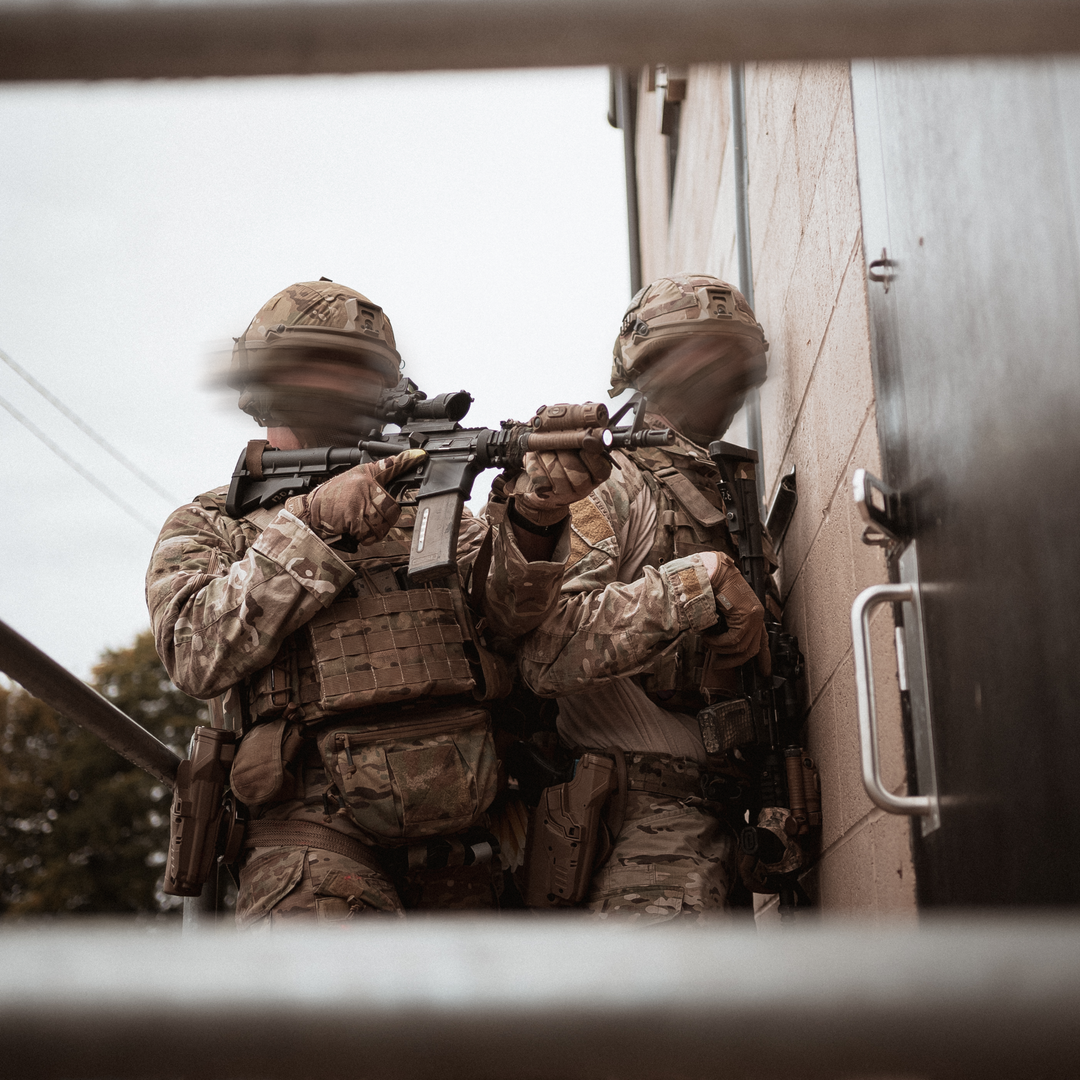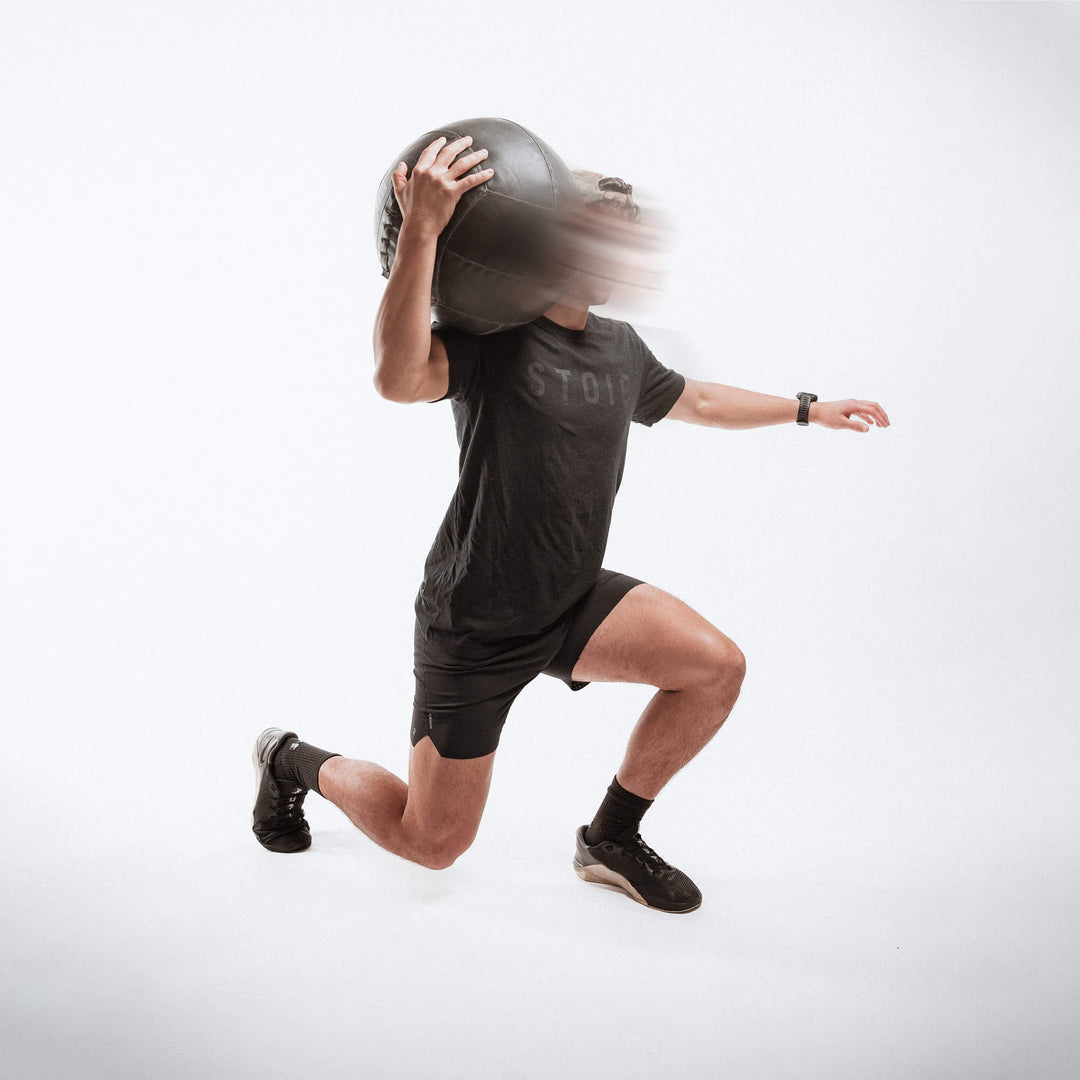5 TECHNIQUES TO DEVELOP YOUR GRIP STRENGTH

Introduction to training your grip
Giving your grip strength training some specific focus is an aspect of physical preparation that can be as overlooked as training your calves.
Particularly for military personnel who are tasked with physically demanding jobs such as transporting heavy equipment, using firearms, hand-to-hand combat or handling non-compliant personnel and manoeuvring through rugged terrain.
This type of training is critical because it can improve your ability to carry out your entire job with more efficiency and effectiveness.
Grip strength training also provides a whole host of other advantages, such as increased hand and forearm endurance, increase finger strength and tendon health, improved grip and grip-related performance, and a decreased risk of injury.
Furthermore, it can assist in the improvement of your overall physical fitness and even extend your life, making it an essential component of any fitness regimen.
In this article, we’ll look at some of the complexities of grip strength training and discuss its benefits. We’ll also outline some simple ways to incorporate grip training into your workouts and give five effective exercises to help you strengthen your grip.
Reasons to work on your grip strength if you’re in the military
If you’re in the military or aspiring to join, it should be pretty evident why you might need to continually develop your grip strength. A stronger grip can help to improve your overall upper body strength and power, allowing you to handle heavy loads much easier. It can also improve your grip endurance and reduce the risk of injury, particularly in your fingers, hands, wrists, and forearms.
But a strong grip is also important for firing weapons, allowing for better control and accuracy and is a factor in maintaining the mobility and stability in your shoulder, elbow and wrist joints.
Here are some more contextual reasons to develop your grip strength:
• Being able to pull yourself up onto or over obstacles.
• Being able to carry awkward objects or drag another person
• Having the ability to confidently deadlift something off the floor
• Weapon handling/accuracy and the ability to carry them for long periods of time
• Having more confidence and endurance when fast-roping and rappelling
• A greater grip endurance when carrying objects such as stretchers
• Reducing the risk of injuries to fingers, hands, wrists, elbows and shoulders
• Hand-to-hand combat or handling non-compliant personnel
Long term benefits of having a strong grip
Research has shown that grip strength can be directly related to various aspects of health and longevity. Studies have found that stronger grip strength is associated with a lower risk of all-cause mortality, cardiovascular disease, and other chronic conditions such as diabetes, arthritis, and cognitive decline.
Grip strength has also been linked to better physical function, higher quality of life, and reduced disability in older adults. Some studies suggest that grip strength may be a simple and inexpensive way to assess overall health and predict these future health outcomes with one study showing that among healthy 45 to 68 year old men, hand grip strength was highly predictive of functional limitations and disability 25 years later.
If that wasn’t enough, we also know that having more muscular strength and hypertrophy in midlife may protect people from old age disabilities by providing a greater safety margin above the threshold of disability.
Techniques for maximising your grip strength
Training your grip strength can be done through a variety of exercises that you may already do in the gym. For instance, by using compound lifts like deadlifts and bent over rows, using specific grip strength equipment or by doing bodyweight exercises such as pull ups.
Because of the biomechanical intricacies of your hands and forearms, it’s important to work on including a wider variety of exercises that work all the different muscles involved in grip strength, such as your flexors, extensors, and the deeper intrinsic muscles of your hand.
Here are some examples of how to train your grip strength:
• Farmer’s walk and other loaded carries
An easy way to work your overall support grip (ability to hold objects for long periods of time). Make sure you’re using a high variation of implements, weights, distances and handle widths.
• Hand grippers, fat grips and different object pinching
Primarily working pinch grip in various forms. Something like a Captain of Crush gripper or working through training with different diameters and shapes such as different width plate pinches, hub grips as well as canon balls and block grips.
‘Fat gripz’ and other brands can offer an easy way to add a variety of grip challenges to the standardised bars and dumbbell handle widths as well.
• Towel pull-ups, sled drags and towel wringing
You can get a lot of versatility out of using a simple gym towel for grip training. Thrown over the bar for your pull ups or looped between the handles of a sled drag, it can really tax your crush grip, finger strength and forearm endurance.
You can also soak the towel fully and keep twisting it until all of the water has been wrung out of it. Then just rinse and repeat for a simple way to train your hand strength as well as wrist flexors and extensors.
• Rock climbing or bouldering
Going bouldering a few times a month is a fun, sociable and low skill (to begin with) way to have a large exposure to a high variety of grip stimuli. Not being a proficient rock climber will initially help expose your grip to a high volume of stimulus as a lot of higher level bouldering has a steep skill curve and is more about body positioning and using your legs.
• A bucket full of dry rice
Buy a cheap bucket and fill it with dry rice. Put both your hands in it and work on opening and closing them for a few minutes each day, whilst purposefully trying to crush the rice. This is a great and low cost method for building endurance throughout your whole forearm, but particularly good for your finger strength and your extensor groups.
Application and final points for improving your grip
As we can see, improving your grip strength should be an important part of physical training for military personnel, as it will reap a wide range of benefits for your job and long-term career, as well as your health and longevity later in life.
Aside from these exercises, make sure you’re not using any lifting straps for the majority of your training. Especially when warming up on lifts, keep to a double overhand grip and use chalk instead of straps for the top sets of movements such as deadlifts.
While everyone can benefit from regular grip training in their training programme, not everyone is going to be at the same level of strength, and some people may be recovering from or more susceptible to injury. As a result, also keep the following tips in mind as you begin to incorporate grip-specific work:
- Start out light
- Use a lot of variety
- Move up the weight slowly
- Keep your volume in check
- Don’t neglect the extensor group
Dodds, R.M., Syddall, H.E., Cooper, R. et al., 2014. Grip strength across the life course: normative data from twelve British studies.
Leong, D.P., Teo, K.K., Rangarajan, S. et al., 2015. Prognostic value of grip strength: findings from the Prospective Urban Rural Epidemiology (PURE) study.
Bohannon, R.W., 2008. Hand-grip dynamometry predicts future outcomes in ageing adults. Journal of Geriatric Physical Therapy.
McGrath, R.P., Kraemer, W.J., Snih, S.A. and Peterson, M.D., 2018. Handgrip strength and health in ageing adults. Sports Medicine.
Celis-Morales, C.A., Welsh, P., Lyall, D.M. et al., 2018. Association of grip strength with risk of all-cause mortality, cardiovascular diseases, and cancer in community-dwelling populations: a meta-analysis of prospective cohort studies.




